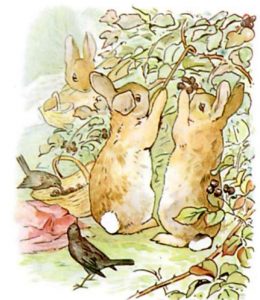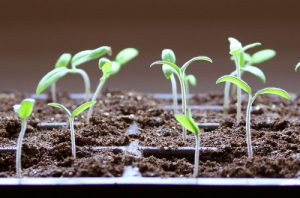
Food Gardening is hard. Much harder than flower gardening. I love flower gardening. My Northern garden was beautiful. It was placed on tours, featured in the Chicago Tribune and was an ongoing source of pleasure; it was a pleasure garden. I would put in a plant and, if it died, I would replace it. I just tried one thing after another until it pleased; and I am now enjoying the same technique in my Southern garden. Try something and if it does not work, try something else. I have been enjoying a talk by Leonard Bernstein who describes the creation of Beethoven’s Fifth Symphony link, The great musician left pages and pages of notes and drafts of this symphony–he made 14 attempts to create the perfect beginning to the second movement following the opening that featured the famous FATE chords. Bernstein tells us that Beethoven tried one thing after another to make “something we can trust, something that will never let us down.”
Of course, I do not claim any great artistry in making a garden. The plants are the artists. Flowers and other ornamental plants are fun to play with; they will show you the way. Even a new pleasure garden can be trusted to bring peace and well being. And, in my experience, a mature pleasure garden will never let you down. A food garden, on the other hand, will do no such thing. It is more like stepping into a boxing ring or into a contest in Rome’s Colosseum.
First, food is powerful draw.

While flowers have certain issues with pests, a food garden can mean the difference in living and dying to my opponents: rabbits, squirrels, birds, deer, raccoons, a myriad of bugs, spiders and even fungus. Peace is not an option for them.
Second, there are no sturdy native plants to form the cornerstone of a food garden. Eating plants native to Central Texas would make a very sorry table. So going into this battle, one is in an alliance with the delicate and the exotic; an alliance with plants that would not survive three minutes without the gardener’s care. For example, cabbage, considered a plain, everyday food, is an exotic plant. It needs one’s best soil and is in constant peril of being devoured by any pest you want to name. Onions need very rich soil. Asparagus. Tomatoes. All of them really. And water. Lots of water.
Finally, there is timing. I should have started my spring seedlings: broccoli, cabbage, cauliflower, spinach and lettuce this past January. Busy with the holidays, I was late and in May we had a crushing heat wave. I ended the spring garden season, having enjoyed one cabbage, two cauliflower and no broccoli. But I was awash in spinach and lettuce for months. Carrots did well this year; all the beets died. I did not get a single peach; the grapevines were loaded. Leeks, tomatoes and melons were delicious. I never know what will work out. Each success is like a little miracle.
I have been late starting my seedlings for the fall garden. Last weekend, I set up trays of little pots seeded with tomatoes, brussel sprouts and broccoli. I’ll get around to cabbage and cauliflower next week. With lots of overlap, if I’m lucky, I will have cauliflower in October, broccoli in November, cabbage in December, brussel sprouts in January–and tomatoes if and when it pleases them.
I have only been food gardening for about five years so perhaps I’ll get more predictable results with practice. And perhaps the uncertainty about the success of the little seeds sitting on my outdoor sink right now is not all bad. It is certainly a miracle for a tiny seed to turn into a fat cabbage for my winter dinner.